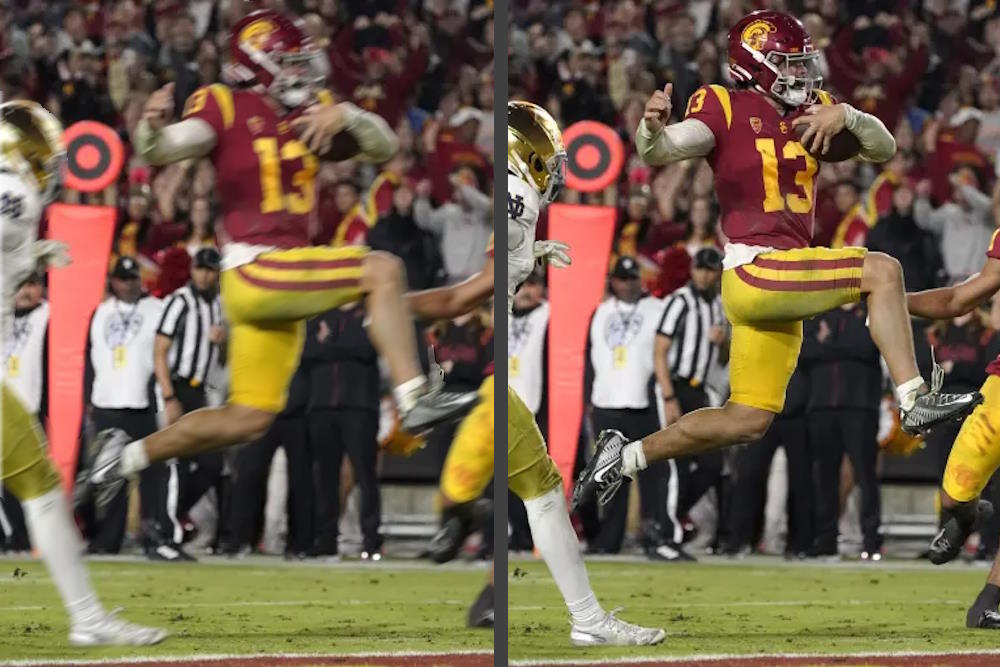In the fast-paced world of online content creation, where platforms like YouTube dominate the digital landscape, video quality is paramount. Shaky and unstable footage can detract from the overall viewer experience, making it crucial for content creators to have access to effective video stabilization tools. One such tool that has been gaining traction in recent years is real-time video stabilization, a technology that has advanced significantly to meet the demands of content creators. In this article, we will explore the advancements in real-time video stabilization and its applications, with a focus on online video editor for YouTube.
The Importance of Video Stabilization for Online Content
Before diving into the advancements and applications of real-time video stabilization, it's essential to understand why video stabilization is so crucial for online content creators, especially those on platforms like YouTube.
In the world of online content, where attention spans are short and competition is fierce, the quality of your videos can make or break your success. Shaky footage can be distracting and frustrating for viewers, leading to a higher likelihood of them clicking away from your content. On the other hand, stable and smooth video can enhance the overall viewing experience, keeping your audience engaged and more likely to subscribe or follow your channel.
For content creators, the need for video stabilization tools is clear. But not all stabilization solutions are created equal. Traditional post-production stabilization techniques can be time-consuming and require significant expertise. This is where real-time video stabilization comes into play, offering a more accessible and efficient way to stabilize videos, especially for online content creators.
Advancements in Real-Time Video Stabilization
Real-time video stabilization has seen remarkable advancements in recent years, thanks to the integration of cutting-edge technology and artificial intelligence. Here are some key advancements in this field:
Advanced Algorithms
Modern real-time video stabilizers leverage advanced algorithms that can quickly analyze and adjust frames in real-time. These algorithms are designed to detect and counteract unwanted camera movements, resulting in smoother and more stable footage.
Gyroscope-Based Stabilization
Some real-time stabilizers use gyroscopes to enhance stabilization. Gyroscopes can accurately detect the camera's movements, allowing the software to make precise adjustments to compensate for shakes and jitters.
Automated Stabilization
One of the most significant advancements is the automation of the stabilization process. Content creators no longer need to manually adjust parameters or spend hours in post-production. With a single click, these tools can stabilize videos effortlessly, making it accessible to beginners and professionals alike.
Parameter Adjustment
While automation is a game-changer, some real-time video stabilizers also provide options for manual parameter adjustment. This feature allows experienced videographers to fine-tune the stabilization process to match their creative vision.
Integration with Online Video Editors
Many real-time video stabilizers are now integrated into online video editing platforms. This integration streamlines the editing process for content creators, allowing them to stabilize their videos seamlessly within their preferred editing environment.
Applications of Real-Time Video Stabilization

The applications of real-time video stabilization are vast and extend to various industries and content types. Here are some notable applications:
YouTube Content Creation
As mentioned earlier, YouTube content creators benefit greatly from real-time video stabilization. Whether producing vlogs, tutorials, or cinematic masterpieces, stabilizing footage enhances video quality and viewer engagement.
Sports Videography
Sports videographers often face the challenge of capturing fast-paced action while maintaining stable footage. Real-time video stabilization is invaluable in this context, allowing for smoother playback of dynamic sports events.
Documentary Filmmaking
Documentaries often involve shooting in challenging conditions, such as remote locations or unpredictable environments. Real-time video stabilization helps filmmakers capture steady and compelling footage without the need for extensive equipment.
Live Streaming
Live streaming has become immensely popular on platforms like Twitch and Facebook Live. Real-time stabilization ensures that live streams maintain a professional look, even when the camera is handheld.
Security and Surveillance
Real-time video stabilization is also employed in security and surveillance systems. It helps security personnel analyze footage more effectively, especially in situations where cameras may experience vibrations or shocks.
Online Video Editing and YouTube
With the increasing demand for high-quality content on platforms like YouTube, online video editors have become essential tools for content creators. These editors offer a range of features, including real-time video stabilization, to enhance the quality of videos. One such example is CapCut, an online video editor that provides users with access to advanced video stabilization technology.
CapCut's real-time video stabilizer stands out for its user-friendly interface and powerful stabilization capabilities. Content creators can simply drag and drop their video files into the editor, and the tool will automatically stabilize the footage with a single click. This level of automation saves time and allows YouTubers to focus on their creative content rather than getting bogged down in post-production tasks.
Furthermore, CapCut offers options for manual parameter adjustment, enabling more experienced users to fine-tune their stabilization preferences. This versatility makes it suitable for a wide range of content creators, from beginners to professionals.
Conclusion
In the world of online content creation, where video quality can make or break a creator's success, real-time video stabilization has emerged as a game-changing technology. Advancements in algorithms, gyroscope-based stabilization, and automation have made it easier than ever for content creators to produce stable and engaging videos. With tools like online video editor, YouTubers and other online content creators have access to a seamless and user-friendly solution for enhancing their videos.
As online video continues to evolve, real-time video stabilization will remain a vital tool in the arsenal of content creators, ensuring that viewers receive a smooth and enjoyable experience, one stabilized frame at a time.
